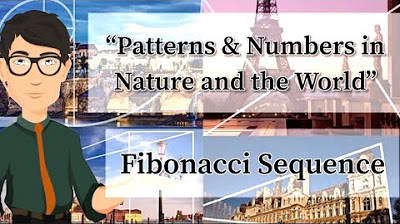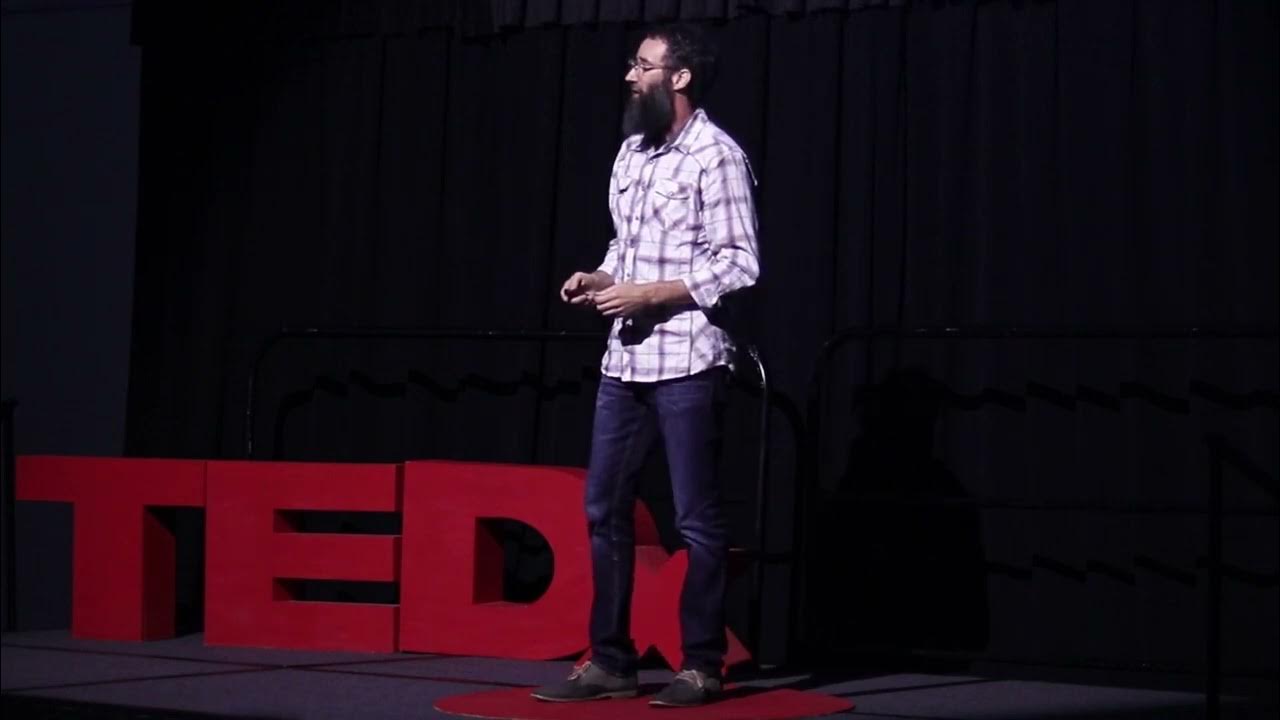Why Nature Repeats Itself: The Hidden Patterns in Our World
Summary
TLDRThis video explores the recurring patterns found in nature, from the spirals of shells to the fractals of galaxies. It highlights how these geometric structures, such as the Fibonacci sequence and hexagonal honeycombs, are driven by efficiency and survival mechanisms. These patterns optimize space, light, and resources for plants and animals. Evolution has refined life forms through these structures, which can be seen in everything from human circulatory systems to planetary phenomena. The video emphasizes how nature’s designs are not random but are fundamental to both the microscopic and cosmic realms, showcasing the interconnectedness of life and the universe.
Takeaways
- 😀 Nature exhibits recurring patterns, such as spirals, hexagons, and fractals, that reflect an underlying order governing the universe.
- 😀 The Fibonacci sequence is a key pattern in nature, optimizing space and resources for plants by dictating the spiral growth of shells, sunflower seeds, and pine cones.
- 😀 Phyllotaxis, or the golden angle of approximately 137.5 degrees, ensures that each leaf in a plant is positioned optimally to capture sunlight and avoid shadowing.
- 😀 Bees don't consciously calculate angles, but the natural forces at play as they build honeycombs lead to a hexagonal structure, maximizing efficiency and space.
- 😀 Human art and architecture have long embraced natural patterns like the Fibonacci spiral, which creates balance and harmony in design.
- 😀 The Fibonacci spiral is evident in Botticelli’s 'The Birth of Venus,' aligning the figure’s body and movement with the spiral to enhance visual flow.
- 😀 Fractal geometry is found not only in nature’s organic forms like tree branches and rivers but also in cosmic structures such as galaxies and mountain ranges.
- 😀 Fractals provide stability, guide growth, and optimize resource distribution, seen in both natural landscapes and human-designed systems.
- 😀 Evolution has shaped life forms to follow these geometric and mathematical patterns, refining them for efficiency and survival over millions of years.
- 😀 Natural patterns, from microscopic cell structures to vast cosmic systems, reveal the interconnectedness of life and the universe, offering solutions for stability and function.
Q & A
What are some examples of patterns that appear in nature?
-Examples include the spiral of a snail shell, the branching of trees, the symmetry of honeycombs, the structure of storm systems, and the growth patterns of plants, such as sunflower seeds and pine cones.
Why do these patterns appear repeatedly across different scales in nature?
-These repeating patterns, seen in everything from microscopic structures to cosmic phenomena, result from underlying physical and mathematical principles that maximize efficiency, stability, and function.
What is the Fibonacci sequence and how does it relate to nature?
-The Fibonacci sequence is a series of numbers where each number is the sum of the two preceding ones. It appears throughout nature, dictating the growth patterns of shells, seeds, and pine cones, optimizing space and resources for plants.
How does the golden angle play a role in plant growth?
-The golden angle, approximately 137.5 degrees, ensures that each new leaf or petal is positioned to maximize sunlight exposure and minimize shadowing, optimizing the plant's ability to capture resources.
Why do honeycombs follow a hexagonal structure?
-Honeycombs form hexagonal patterns due to surface tension and natural forces acting on the wax as bees build the cells. This structure optimizes space and minimizes the amount of wax required, making it an efficient design.
How have humans incorporated natural patterns like the Fibonacci spiral in art and architecture?
-Humans have recognized and replicated these natural patterns for centuries. The Fibonacci spiral, for example, has been used in architecture and art, such as in the 'Birth of Venus' painting by Botticelli, to create a sense of harmony and balance.
What are fractals, and how are they visible in nature?
-Fractals are self-replicating shapes that appear at different scales. In nature, fractals can be seen in the branching of trees, veins in leaves, river systems, and even in the structure of mountain ranges and the universe.
How do fractals provide stability and efficiency in nature?
-Fractals help distribute resources efficiently by maintaining a consistent structure at various scales. This allows for optimal growth, stability, and resource distribution in both plant life and geological formations.
How does evolution shape the geometric patterns we see in nature?
-Evolution favors geometric and mathematical structures that optimize survival. For example, the branching structures in our circulatory and respiratory systems are fractal-like, ensuring efficient nutrient and oxygen distribution while minimizing energy consumption.
What is the significance of these patterns beyond their aesthetic appeal?
-These patterns are not merely aesthetic but are essential for the survival of life forms. They provide efficiency, stability, and function, revealing how nature solves complex problems using simple, repeated structures that optimize resources and energy.
Outlines

This section is available to paid users only. Please upgrade to access this part.
Upgrade NowMindmap

This section is available to paid users only. Please upgrade to access this part.
Upgrade NowKeywords

This section is available to paid users only. Please upgrade to access this part.
Upgrade NowHighlights

This section is available to paid users only. Please upgrade to access this part.
Upgrade NowTranscripts

This section is available to paid users only. Please upgrade to access this part.
Upgrade Now5.0 / 5 (0 votes)





